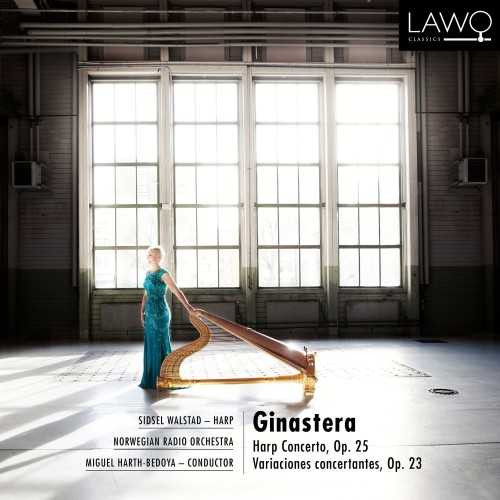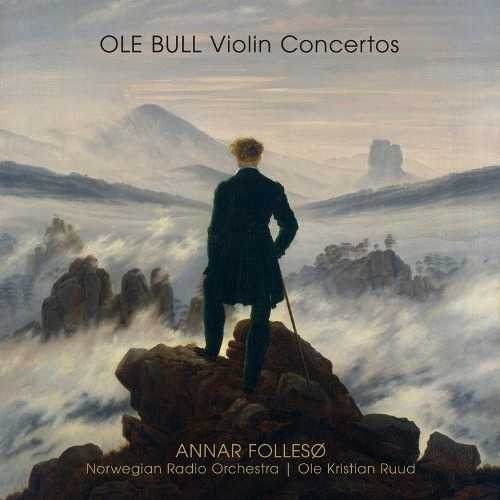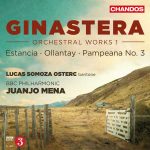
Composer: Alberto Ginastera
Performer: Sidsel Walstad
Orchestra: Norwegian Radio Orchestra
Conductor: Miguel Harth-Bedoya
Audio CD
Number of Discs: 1
Format: FLAC (tracks)
Label: LAWO
Release: 2019
Size: 827 MB
Recovery: +3%
Scan: cover
Harp Concerto, Op. 25
01. I. Allegro giusto
02. II. Molto moderato
03. III. Libramente capriccioso – Vivace
Variaciones concertantes Op. 23
04. I. Tema per Violoncello ed Arpa
05. II. Interludio per Corde
06. III. Variazione giocosa per Flauto
07. IV. Variazione in modo di Scherzo per Clarinetto
08. V. Variazione drammatica per Viola
09. VI. Variazione canonica per Oboe e Fagotto
10. VII. Variazione ritmica per Tromba e Trombone
11. VIII. Variazione in modo di Moto perpetuo per Violino5
12. IX. Variazione pastorale per Corno
13. X. Interludio per Fiati
14. XI. Ripresa dal Tema per Contrabasso
15. XII. Variazione finale in modo di Rondo per Orchestra
Alberto Ginastera (1916-1983) is a distinctive voice in twentieth-century classical music, and together with the master of the tango, Astor Piazzolla, he is the towering musical figure of Argentina.
Born in Buenos Aires of an Italian mother and a Catalonian father, Ginastera is a complex composer and personality, shaped by the traditional folk culture and history of his native country and by impulses from the world at large, during a time of radical upheavals in the realm of Western classical music.
The Harp Concerto was commissioned in 1956 by Edna Phillips. Composing commissioned works was, however, not always Ginastera’s strong suit, so the work was not premiered until 1965, and then it was the Spanish harpist Nicanor Zabaleta. (Thus regarded, the harp concerto belongs both to the composer’s second and to his third composition period.) Sidsel Walstad has studied the original manuscripts and read the correspondence between Ginastera and Zabaleta and discovered that the composer added a few cubits to his knowledge of the harp in the process. Walstad bases her recording on a revised version from 1968 (also recorded by Zabaleta). When the concerto first appeared, it became a brilliant addition to the harp literature and twentieth-century instrumental concertos.
Ginastera significantly expands the range of expression as well as the expectations of what a harp can represent as a solo instrument. Here we encounter the harp as a rhythmic motor that accentuates the percussive quality of the music, but also brings out parts with intense and mystical beauty. Ginastera’s work calls for a level of pedal technique not attempted until then and introduces nail effects on the strings. Despite the tremendous demands on the soloist, the concerto has become a standard work (still one of very few) for harp and orchestra.
“Variaciones concertantes” was completed more than ten years earlier and was premiered in Buenos Aires in 1953. In Ginastera’s own words: “These variations have a subjective Argentinian quality. Instead of using traditional folk material, I try to achieve an Argentinian mood by using my own thematic and rhythmic elements.” The music is an irresistable combination of orchestral timbres and virtuosity communicating directly with the listener, especially as regards the entertainment aspect inherent in virtuosic orchestral sound and a demanding soloist performance. Solo parts are given to all the instruments in the orchestra, before the gauchos ride again in orchestral tutti in the closing rondo.



